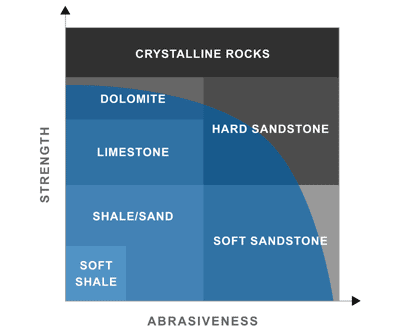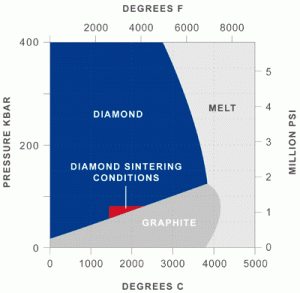Deep Diamond Understanding and Experience
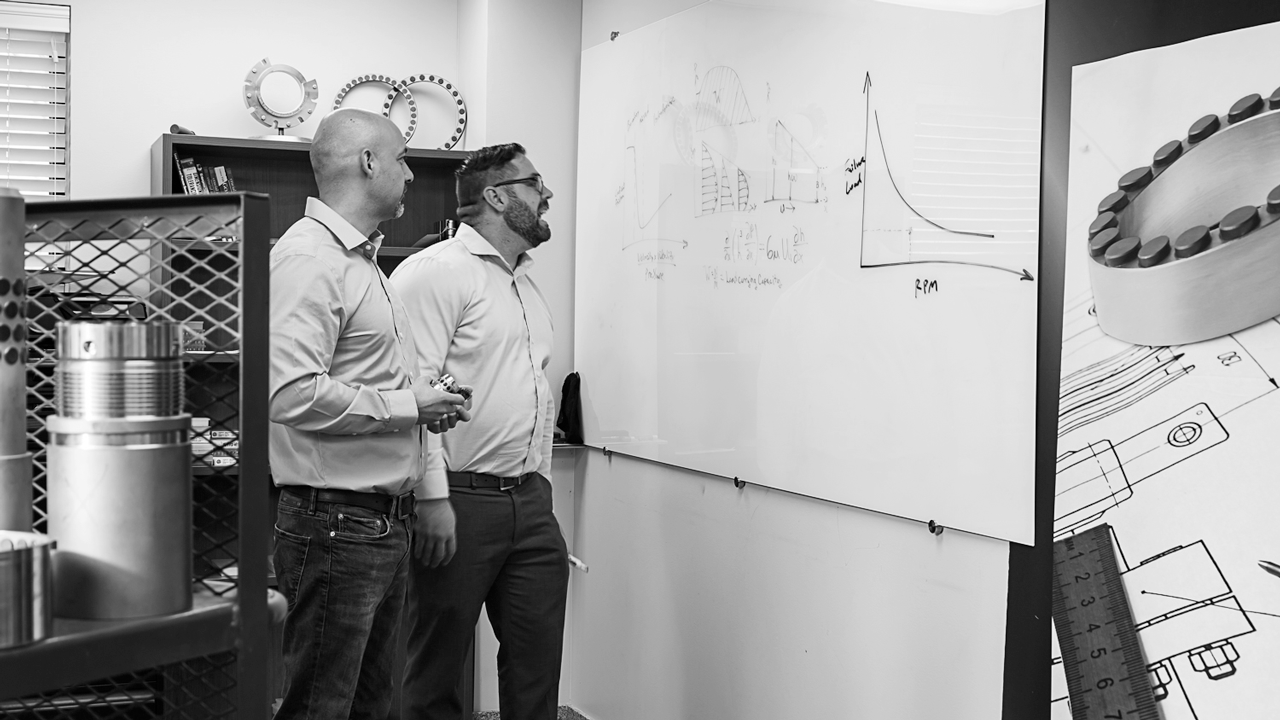 Accomplished scientists with more than 60 years of combined diamond research experience lead the US Synthetic research and development efforts. A separate team of application engineers works directly with customers to develop custom diamond solutions that make the best possible use of the latest technology. These engineers have years of experience with PDC design and working with bit companies. A staff of experienced technicians constantly evaluates and tests new products in the laboratory, so the product is tested and ready for application in the field.
Accomplished scientists with more than 60 years of combined diamond research experience lead the US Synthetic research and development efforts. A separate team of application engineers works directly with customers to develop custom diamond solutions that make the best possible use of the latest technology. These engineers have years of experience with PDC design and working with bit companies. A staff of experienced technicians constantly evaluates and tests new products in the laboratory, so the product is tested and ready for application in the field.
All of these experienced professionals work in state-of-the-art research and testing facilities. This includes a full metallurgical lab, an advanced computer-aided design center, and a sophisticated testing lab. These facilities allow our scientists and engineers to:
- Create and optimize new cutter designs using the latest solid modeling software.
- Model and analyze the thermal and mechanical performance of PDC cutters under simulated drilling conditions using finite element analysis tools.
- Quickly build prototype cutters in a dedicated R&D environment.
- Evaluate cutters using scanning acoustic microscopy (C-SAM), optical and scanning electron microscopy, and metallurgical analysis.
- Monitor and improve cutter performance with abrasion, impact resistance, and vertical turret lathe (VTL) testing.
Bearing Test Machine
 US Synthetic Bearings has commissioned a high capacity bearing test machine. This innovative machine is capable of several types of tests including wear tests (that last up to several months), capacity tests, friction tests, and fluid film tests. The results from these tests are used to improve the bearing products offered to all customers for their specific applications.
US Synthetic Bearings has commissioned a high capacity bearing test machine. This innovative machine is capable of several types of tests including wear tests (that last up to several months), capacity tests, friction tests, and fluid film tests. The results from these tests are used to improve the bearing products offered to all customers for their specific applications.
Wear Testing
 During wear testing, a high axial load is applied for extended periods of time — from hours to even months. The total diamond wear in the bearing is then measured and converted to a wear rate. Test results are then used to compare the relative wear resistance of different diamond blends, bearing insert geometries, and bearing insert configurations. The results of these wear tests help the US Synthetic Bearings engineering team design the best bearing possible for a given application. Wear test results are also used to predict bearing life in specific applications. The following are examples of wear test results:
During wear testing, a high axial load is applied for extended periods of time — from hours to even months. The total diamond wear in the bearing is then measured and converted to a wear rate. Test results are then used to compare the relative wear resistance of different diamond blends, bearing insert geometries, and bearing insert configurations. The results of these wear tests help the US Synthetic Bearings engineering team design the best bearing possible for a given application. Wear test results are also used to predict bearing life in specific applications. The following are examples of wear test results:
Capacity Testing
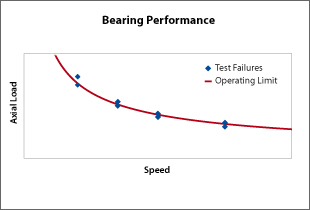 During performance testing, US Synthetic’s bearings are tested under constant speed, gradually increasing load until bearing failure occurs. Test parameters and bearing designs can be adjusted to meet the customer’s design, speed, load, and cooling flow rate. The data gathered during this testing is used to generate pressure/velocity (PV) failure curves which define the safe operating envelope for a given bearing. Test results can also be used to predict required cooling flow rate, expected heat generation, and frictional loss in customer applications.
During performance testing, US Synthetic’s bearings are tested under constant speed, gradually increasing load until bearing failure occurs. Test parameters and bearing designs can be adjusted to meet the customer’s design, speed, load, and cooling flow rate. The data gathered during this testing is used to generate pressure/velocity (PV) failure curves which define the safe operating envelope for a given bearing. Test results can also be used to predict required cooling flow rate, expected heat generation, and frictional loss in customer applications.
Fluid Film and Friction Tests
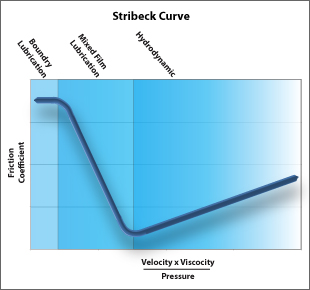 During friction testing, a constant axial load for the duration of the test, gradually increasing speed until the test is complete, is applied to all tests. Test parameters and bearing design can be adjusted to meet every customer’s design, load, and cooling flow rate requirements. The data gathered from these tests is used to generate Stribeck curves, which define the lubrication regimes (boundary, mixed film, and hydrodynamic) present at various speeds. This helps the engineering team at USS Bearings understand and predict the expected friction coefficients associated with the bearings for each given application.
During friction testing, a constant axial load for the duration of the test, gradually increasing speed until the test is complete, is applied to all tests. Test parameters and bearing design can be adjusted to meet every customer’s design, load, and cooling flow rate requirements. The data gathered from these tests is used to generate Stribeck curves, which define the lubrication regimes (boundary, mixed film, and hydrodynamic) present at various speeds. This helps the engineering team at USS Bearings understand and predict the expected friction coefficients associated with the bearings for each given application.
Prototype Machine Shop
US Synthetic Bearings is committed to fast turnaround times on new bearing designs and bearing test results. For this reason, USS Bearings utilizes a skilled prototype machine shop dedicated to making new bearings quickly and at the highest level of quality. This enables costumers make decisions quickly and with confidence.
Analyses
In addition to laboratory testing, US Synthetic Bearings engineering staff uses finite element models and proprietary bearing design tools to help predict field performance.
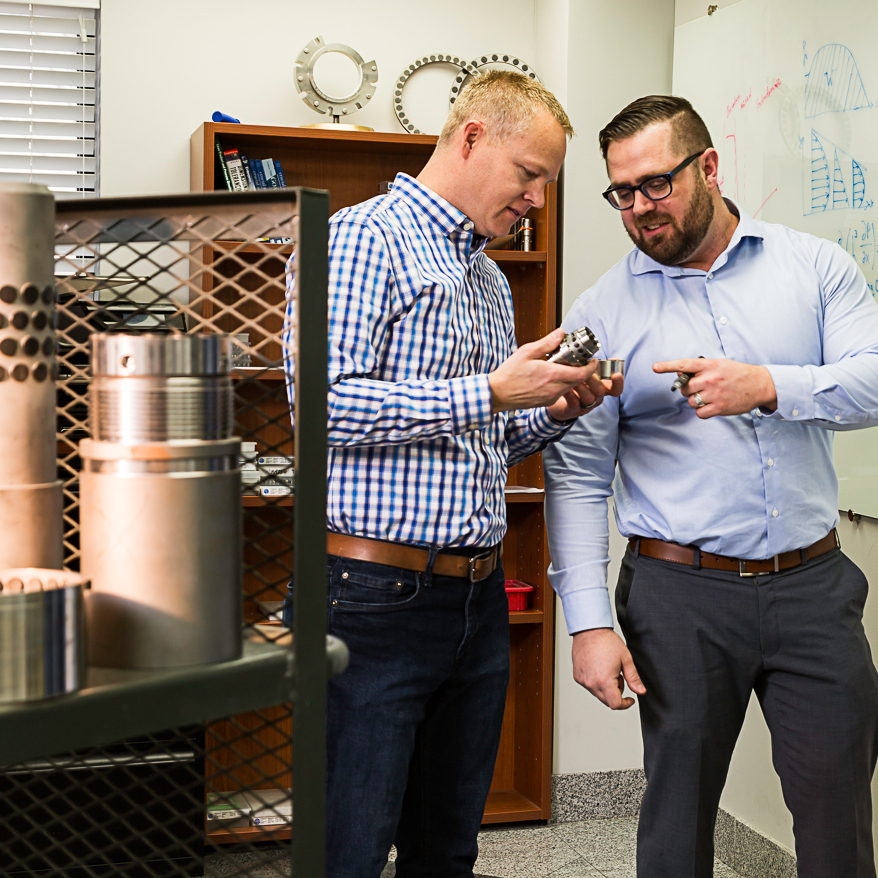
PDCs were first introduced decades ago as a replacement for natural diamonds. These early cutters lacked toughness, were generally limited to the softest drilling applications, and required very specialized bit designs and carefully controlled drilling parameters. Over the years, aggressive innovation and improvements to the process have steadily increased the durability, impact resistance and abrasion resistance of PDCs.
Today’s PDCs are effective in shale, limestone, and sandstone formations. Over time, the PDC-drillable zone will continue to grow and expand (see figure). For example, US Synthetic frequently cuts crystalline rocks for extended periods in a laboratory environment—and is working hard to extend these capabilities to an operating environment.
Today, PDC enhanced bits provide the fastest, most durable and most cost-effective drilling.
